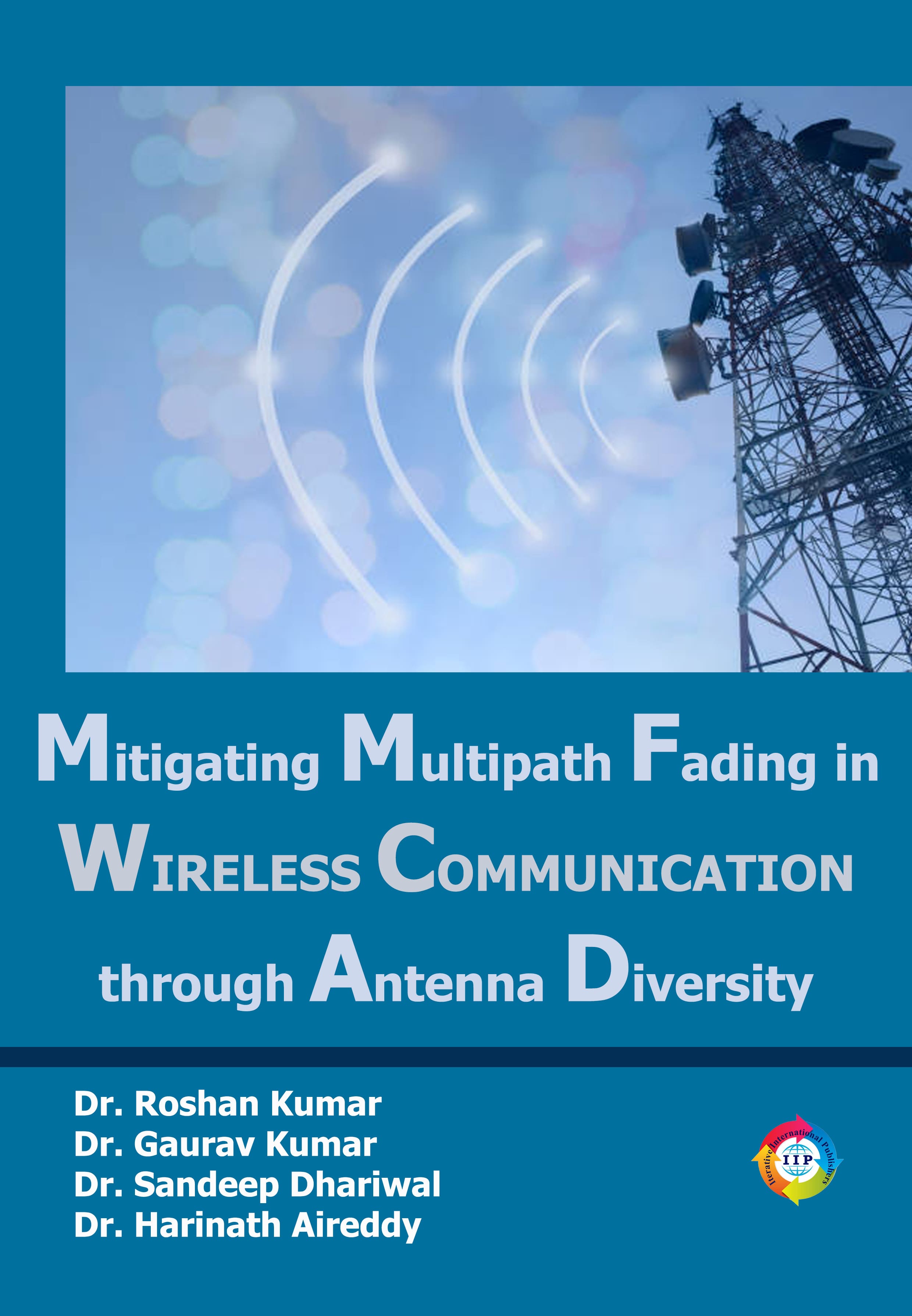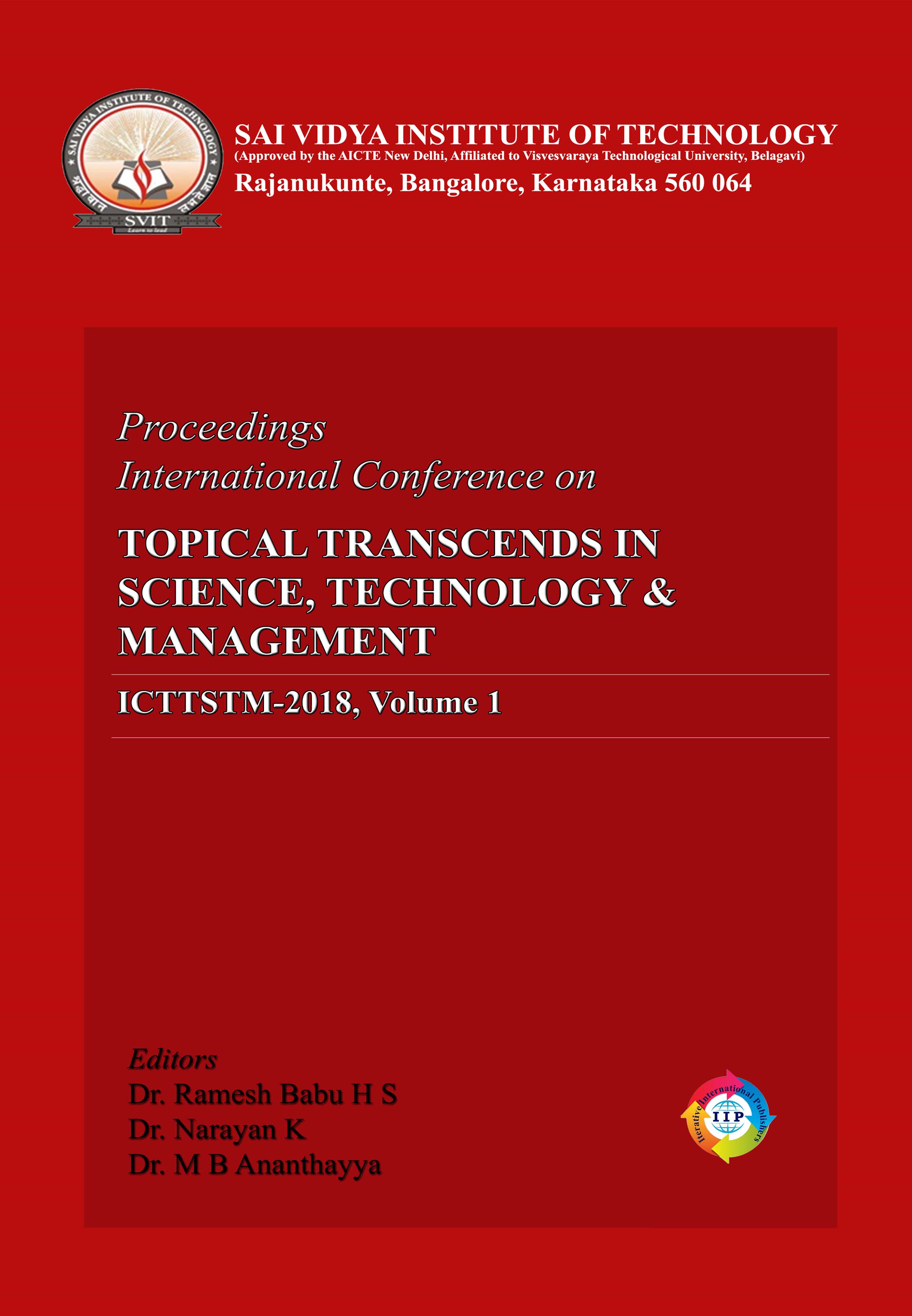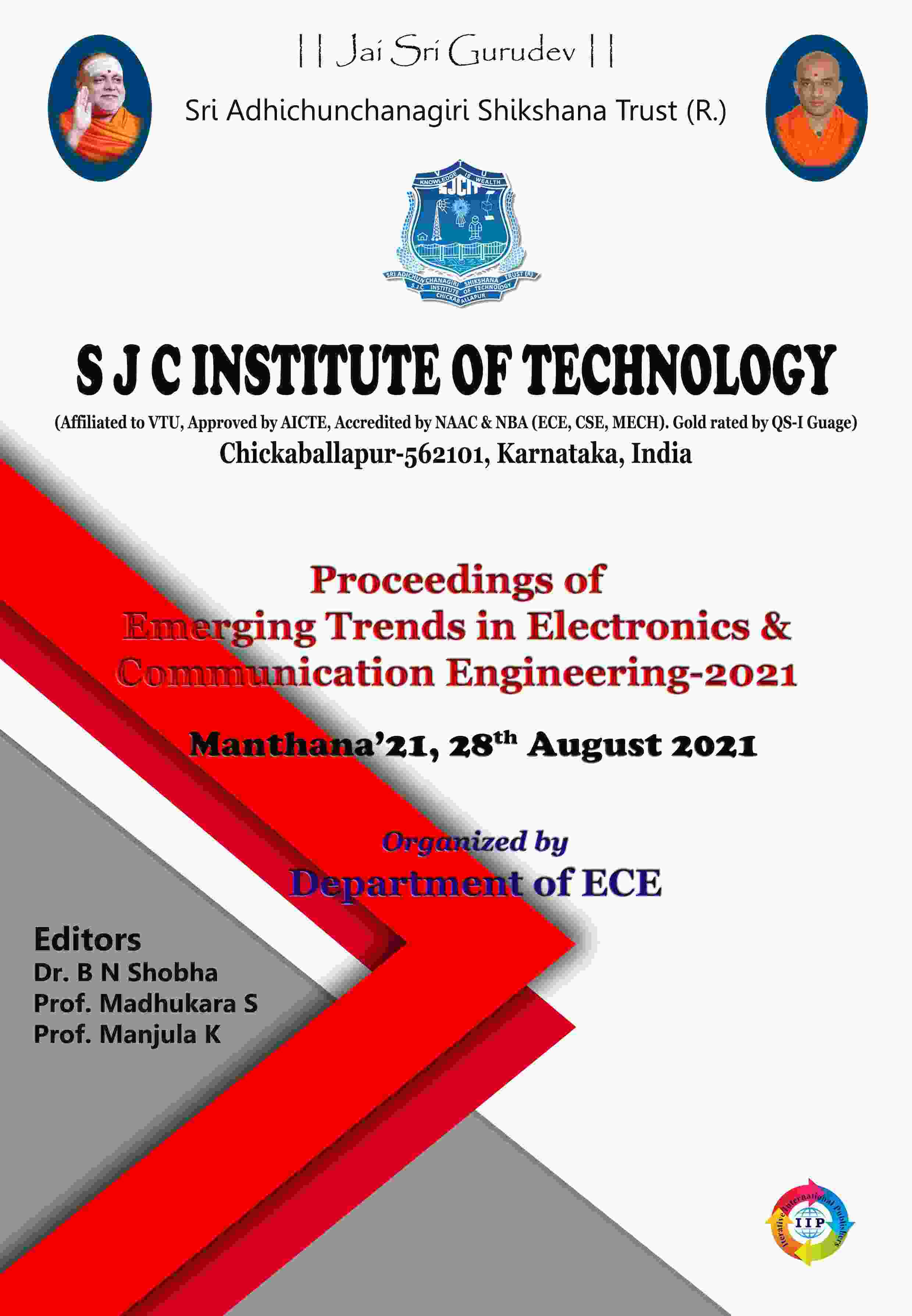
MITIGATING MULTIPATH FADING IN WIRELESS COMMUNICATION THROUGH ANTENNA DIVERSITY
-
TypeEbook
- CategoryAcademic
- Sub CategoryText Book
- StreamElectronics and Communications Engineering
In today's fast-paced world, the demand for portability has become ubiquitous. The need for wireless communication has gained significant attention due to its ability to provide connectivity and convenience in a portable manner. While wired communication networks offer superior performance, the main challenge with them lies in their lack of portability. Wireless communication, on the other hand, overcomes this limitation, allowing users to stay connected on the go. However, wireless transmission faces its own fundamental obstacle: time-varying multipath fading. Multipath fading is a phenomenon that occurs when signals reach the receiver from various paths due to reflection, diffraction, and other wireless propagation effects. Each signal path introduces different levels of attenuation, time delay, and phase shift, causing fluctuations in signal strength.
To mitigate the adverse effects of multipath fading, several techniques have been developed, with diversity being a practical and effective approach widely employed. Diversity in wireless communication refers to the use of multiple copies of the same signal to combat fading. By having multiple signal replicas, the chances of at least one of them being of good quality increase, enhancing the overall reliability of the communication link. Diversity can be achieved through different means, including temporal diversity, frequency diversity, and antenna (spatial) diversity.
Temporal diversity involves transmitting replicas of the information-bearing signal in different time slots, where the separation between the time slots exceeds the coherence of the channel. Frequency diversity, on the other hand, relies on transmitting replicas of the signal in different frequency bands, where the separation between the frequencies exceeds the coherence bandwidth of the channel. Antenna or spatial diversity leverages the observation that antennas with a spacing greater than half a wavelength led to spatially uncorrelated channels. By transmitting replicas of the signal over these uncorrelated spatial channels, spatial diversity is achieved. Implementing diversity techniques can be broadly categorized into three categories: techniques with implicit or explicit feedback, techniques with feedforward without feedback, and techniques without feedback or feedforward. Implicit or explicit feedback techniques utilize information from the receiver to configure the transmitter, adjusting its parameters based on the observed channel conditions. Feedforward techniques involve transmitting information across multiple antennas using linear processing at the transmitter and compensating for the channel response at the receiver. Finally, techniques without feedback or feedforward rely on multiple transmit antennas combined with channel coding to provide diversity.
Among the various diversity techniques, space-time coding has emerged as a powerful tool for combating multipath fading in wireless channels. Space-time codes (STC) offer both coding gain and diversity gain, enhancing the bit-error rate performance. There are two main types of STC: space-time trellis codes (STTC) and space-time block codes (STBC). STTC distributes multiple redundant copies of a trellis or convolution code over time and antennas, whereas STBC operates on a block of input symbols, producing a matrix output representing time and antennas. Both STTC and STBC have advantages and complexities associated with their encoding and decoding processes. In this book, we focus on comparing the performance of STBC with and without channel coding
|
Buy From |
||
|---|---|---|
| IIP Store | ₹ 200 | |
| Amazon Kindle | ₹ 250 | |
| View Demo | View Demo | |





COMMENTS
mjw2zl
zhi44y
lz4oif
xw2wn1
tdtdbc
f9e8rk
idbom6